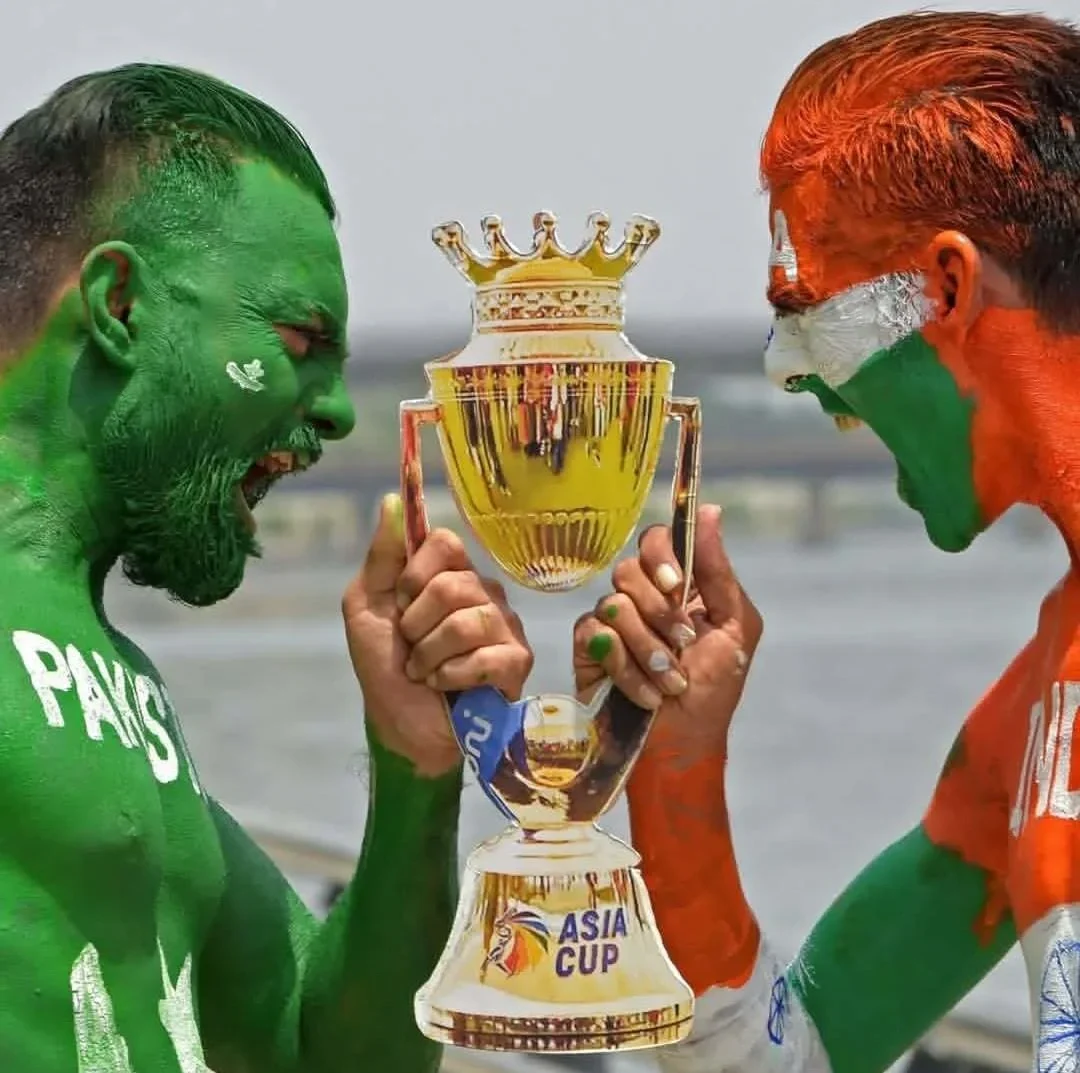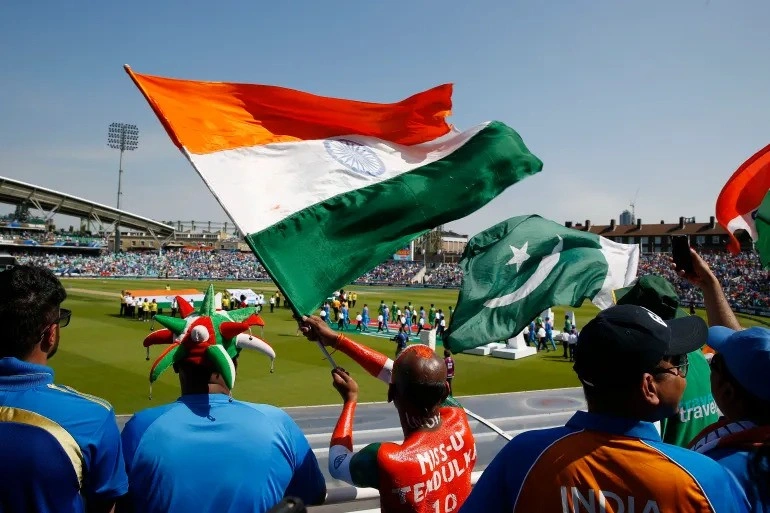UAE Stands as the Ideal Stage for Cricket as Asia Cup Returns with India and pakistan Set to Compete
By Hafsa Qadeer
When the Asian Cricket Council (ACC) confirmed that the Asia Cup 2025 would unfold in Dubai and Abu Dhabi this September, the news carried resonance beyond the cricket pitch. It wasn’t merely another tournament; it was a statement about power, politics, and the economics of global sport.
India and Pakistan, whose bilateral cricketing ties remain frozen, have announced squads that highlight generational change and bold gambles. But equally compelling is the choice of venue. Once a neutral stopgap for politically fraught fixtures, the United Arab Emirates has now matured into the cricketing world’s default international stage, a role with both financial and symbolic weight.
India’s Calculated Continuity
India’s announcement of Surya Kumar Yadav as captain and Shubman Gill as vice-captain reflects a deliberate investment in a more dynamic, aggressive style of cricket. The return of Jasprit Bumrah bolsters the bowling attack, offering India the strike weapon it needs on the slick pitches of Dubai.
The omissions of Shreyas Iyer and Yashasvi Jaiswal, however, have sparked controversy. Iyer’s exclusion is being interpreted as a loss of favor with the current management, while Jaiswal’s absence suggests that selectors are privileging consistency over raw flair. The squad, then, is not just about talent, it is a reflection of cricketing politics within India, where youth must now wait for its turn in a team that is under pressure to win trophies.
For India, this tournament is more than practice. It is a stress test of leadership beyond the era of Rohit Sharma and Virat Kohli, a window into how the next decade of Indian cricket will look.
Pakistan’s Audacious Gamble
If India leaned toward continuity, Pakistan chose rupture. No Babar Azam. No Mohammad Rizwan. Instead, selectors turned to Salman Ali Agha as captain, flanked by a mix of seasoned campaigners like Fakhar Zaman and Shaheen Afridi, and younger aspirants like Saim Ayub and Hasan Nawaz.
The move shocked fans and pundits alike. For years, Babar Azam has been Pakistan’s batting bulwark, Rizwan its most reliable wicketkeeper-batter. To omit both is to risk chaos in favor of renewal. Former pacer Aqib Javed called it “the team that can beat India.” Critics, however, warn that too much change risks eroding stability in a format that thrives on predictability.
But the strategy may be bigger than cricket. Pakistan has long struggled with over-reliance on individual stars. By moving away from its household names, the Pakistan Cricket Board is sending a message: the future lies in collective strength, not in dependence on a single talisman.
Why the UAE Again?
Infrastructure and Broadcast Reliability
The UAE offers what many cricketing nations, including giants like India and Pakistan, cannot always guarantee: neutrality, safety, and seamless logistics. Dubai International Cricket Stadium, with its 25,000-seat capacity and iconic “Ring of Fire” floodlights, and the Sheikh Zayed Stadium in Abu Dhabi, with its ICC-approved facilities, are tailor-made for broadcast-driven tournaments.
For global broadcasters and sponsors, the Emirates provide certainty. No political protests outside stadiums, no security breakdowns, no weather washouts. Matches start on time, television rights flow uninterrupted, and the product is polished for a global audience.
Diaspora Economics
The UAE’s edge lies in demography. South Asians form nearly 50% of the UAE’s population, with Indian and Pakistani communities alone numbering in the millions. This ensures that India–Pakistan matches in Dubai feel like home fixtures for both sides. Crowds bring the passion of the subcontinent without the logistical or political baggage.


Economically, this is gold. Ticket sales soar, merchandise finds eager buyers, and broadcasters know that packed stadiums make for compelling television. Add to this the premium sponsorship ecosystem of the Gulf, Emirates Airlines, Etihad, and global brands looking for visibility in Asia, and the UAE becomes not just a host, but a commercial multiplier.
Neutral Ground, Global Symbol
The UAE’s cricketing rise is also a story of geopolitics. For decades, India and Pakistan have been unable to host each other due to political tensions. Neutral venues became necessary, and Sharjah in the 1980s pioneered that role. Today, Dubai and Abu Dhabi carry that legacy forward at a higher scale and polish. In a polarized world, the UAE offers cricket what Geneva offers diplomacy: a safe, neutral, and world-class meeting point.
The Economics of the Asia Cup
The Asia Cup is not the World Cup, but it remains one of the most lucrative regional tournaments. The 2022 edition generated an estimated $60–70 million in combined broadcast and sponsorship revenue. With India and Pakistan meeting on neutral soil, the 2025 edition is expected to eclipse that figure.
- Disney Star, Sony, and digital platforms like Hotstar battle for subcontinental rights, driving valuations upward.
- With Dubai’s and Abu Dhabi’s capacities smaller than India’s mega-stadiums, the ticket pricing strategy is premium. Fewer seats, higher ticket value.
- Hotels, airlines, and restaurants benefit from traveling fans, while the UAE strengthens its positioning as a sports tourism hub.
This economic halo effect is why the Emirates are investing in positioning themselves as a permanent fixture in global cricket hosting, alongside the likes of England and Australia.
Is the UAE the Best Place for Cricket?
This is the question that lingers. Traditionalists argue that cricket loses something in translation when lifted out of its cultural roots. The atmosphere of Kolkata’s Eden Gardens or Lahore’s Gaddafi Stadium cannot be replicated in Dubai’s gleaming arenas.
But modern cricket is not just about atmosphere. It is about logistics, commerce, and global visibility. On those fronts, the UAE offers unmatched advantages:
- Within a four-hour flight of most South Asian cities.
- Essential for India–Pakistan fixtures.
- Perfect infrastructure for high-definition, prime-time cricket.
- A politically neutral, secure environment that reassures players, sponsors, and fans.
The verdict? While nothing can replace cricket in its cultural homes, the UAE has become the sport’s most practical and profitable stage for multinational tournaments.
The Bigger Picture
The Asia Cup 2025 is not just a warm-up for the World Cup. It is a glimpse into cricket’s future geography. A future where:
- India tests its post-Kohli, post-Rohit leadership.
- Pakistan attempts to reimagine itself beyond Babar Azam.
- And the UAE cements its claim as the sporting crossroads of the 21st century.
As the tournament begins, the world will watch more than just runs and wickets. They will watch how a desert nation, once a peripheral player in global sport, has become indispensable. The Asia Cup may belong to the cricketers, but the stage unmistakably belongs to the United Arab Emirates.
